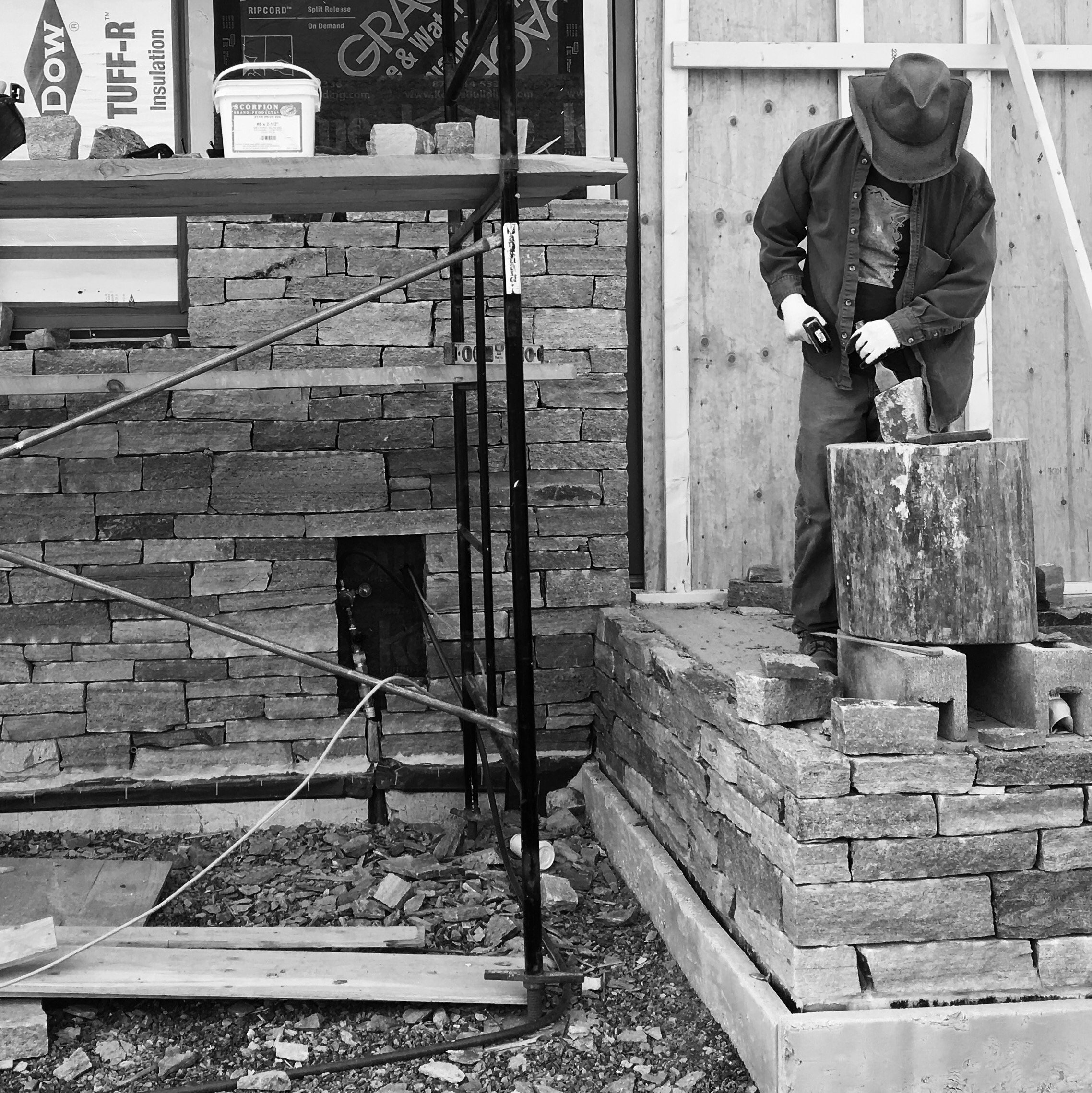Make your home more sustainable and energy efficient. There are a host of factors compelling us all to do this: the economics of rising energy prices, reduced dependency on utility companies, the wish to contribute to a sustainable future and the loads we impose on our planet by reducing our use of natural resources and reducing our carbon footprint.
Link Farm by Slade Architecture, in Dutchess County, New York
Good design and sustainable design are symbiotic. Because residential projects are long term investments, they must be designed with the future in mind. The typical lifespan of a newly constructed home is 70-100 years and the typical time between renovations is 15-20 years. When designing for a long time horizon like, it is imperative to design for the present day and the future. Clearly, energy concerns will only become more and more pressing. There is no better time to prepare yourself (and your planet) for the future than now.
Custom homes, home renovations and additions can all achieve high efficiency eco-friendly goals. The overall energy performance of your home is driven by project siting and configuration, construction material choices, mechanical and electrical systems, among other things. The opportunities for economizing available to you depend on whether your project is a new custom home construction, residential renovation, or home addition.
What does it mean to design an energy efficient home?
Exactly what “energy efficient” means is open to interpretation. As interest in the topic has intensified, the possibility for interpretations has expanded. More conversation and more opinions mean more interpretation!
Popular home energy standards include: zero energy home, net zero energy home, and passive house standards. These are some of the most stringent efficiency targets. Typically, reaching these standards is only possible with a new construction project or a full renovation. To achieve these standards, it is imperative to take advantage of the entire range of energy saving sustainability design tools. The home must be sited and configured advantageously to take advantage of weather shielding, passive solar heat and convection cooling from air circulation and thermal mass. Considering these targets from the outset is critical to successfully achieving the targets. This points to the fundamental design of the home being conceived with thermal efficiency in mind. Hiring an architect for your next residential project will ensure accurate and strategic designs are created to help you build the perfect sustainable home.
In our own work, we incorporate sustainability as a necessary component of good design and we take care to design for the long term. We strive to minimize the operational efficiency of the home as well as to specify materials that have a lower carbon footprint / lower embodied energy. We also make an effort to avoid materials that have embedded suffering through unfair labor practices.
Examples of sustainable home designs
Two of our projects: Egremont House and Sokul House are Zero Energy Rated Homes. Highlights of specific sustainability and energy efficiency measures in these homes: geothermal heating, solar energy arrays, optimal site orientation, substantial insulation (using healthy insulation materials), high performance glazing, Energy-Star rated appliances, low flow fixtures and high efficiency lighting.
New Custom Home in Egremont, Massachusetts, Zero Energy Rated Design. In construction currently.
New Residential Construction Weekend Home in Millbrook, New York, Zero Energy Rated Design. In construction currently.
How can you achieve a sustainable home design?
Energy efficiency is an achievable goal in any project-from new construction to retrofits and renovations. In projects where you are retaining the existing structure and configuration of the home, improving thermal insulation in walls, floors and ceilings, improving thermal performance of windows, or changing the heating/air conditioning system are all possible ways to make your home more energy efficient and sustainable- more “green”.
In the design of the Link Farm House, a ground up custom home, we incorporated local materials (stone and wood), solar arrays, geothermal heating, green roofs, triple glazing on all windows. Because of the solar array, this home is capable of operating off-grid and is in the process of making the final disconnect.
Local stone being fashioned by stone masons in traditional dry stack methods
Highlights of sustainable measures incorporate in this off-grid ready home in Amenia, New York
How can you make your home more sustainable?
Even when you are not renovating your home, simply changing lighting to LED bulbs in existing fixtures can improve your home's energy performance. Please see the exhibit below for examples of opportunities to improve your residential energy performance. The specific energy saving tools are separated out into those that are available for all home projects (even regular maintenance) and those that are feasible only in new construction.
If you are choosing to renovate your home to make it more sustainable, there are many ways that you can do this, for example:
Control solar heat gain with selected windows and exterior finishes
Change your fuel source by prioritizing renewable energy such as geothermal and solar power
Improve insulation by upgrading insulation and windows
Add exterior shading by incorporating it into landscape design and window treatments
Minimize daily electricity use by changing to high efficiency appliances, light fixtures and control
Minimize daily water usage by changing to low flow plumbing fixtures
If you are building a new sustainable home, in addition to the steps above, you can also:
Optimize solar heat gain with strategic project site selection and orientation
Optimize thermal mass through material choice and design
Enable natural ventilation with the home layout
Improve air tightness with the foundation, wall and roof construction
All of this is intended to show how there are many opportunities to incorporate energy efficiency in your home design-regardless of the type of project you are considering.









